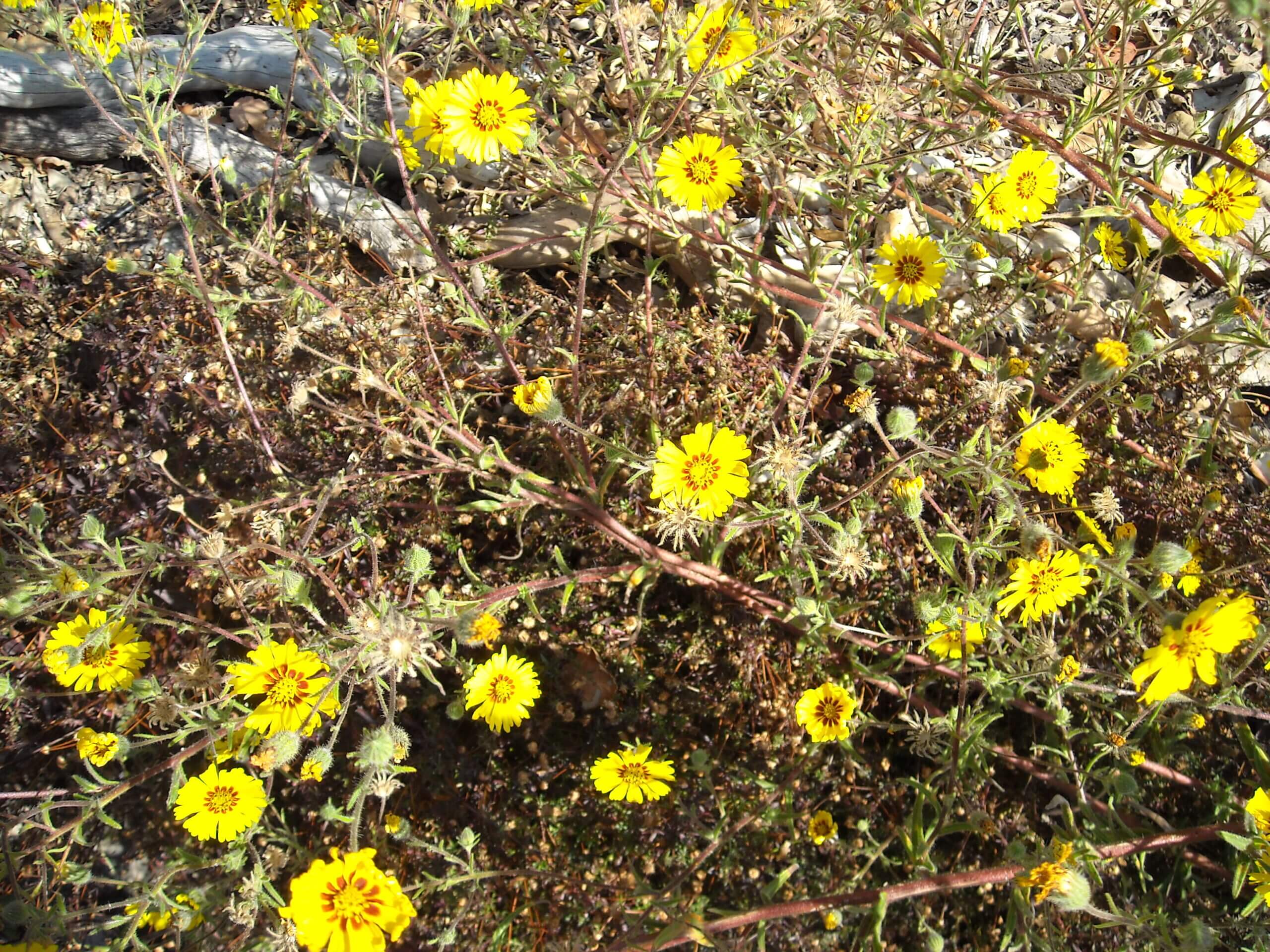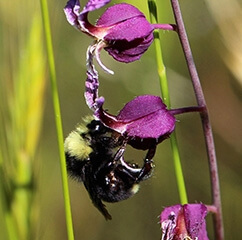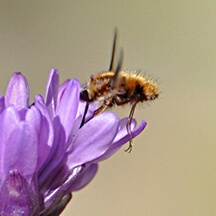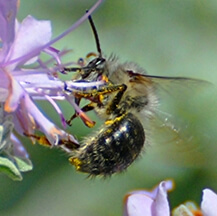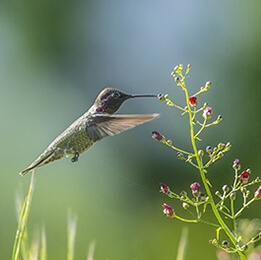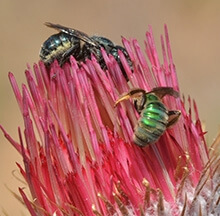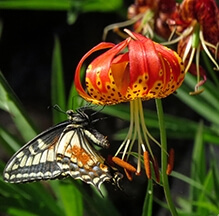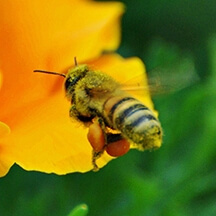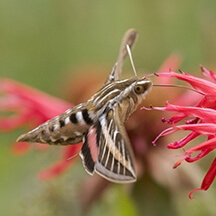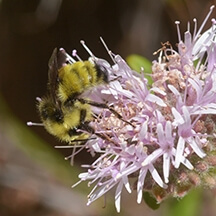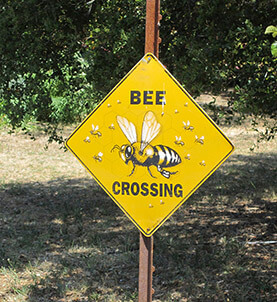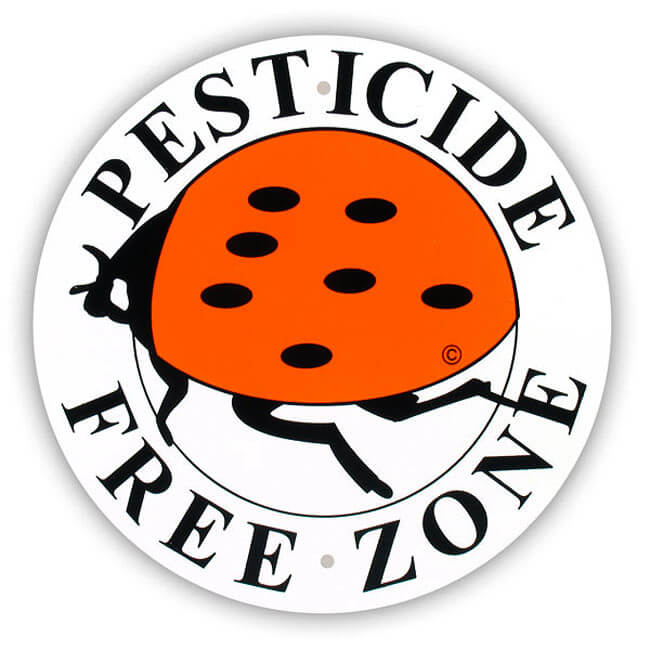Promoting Pollinators
Insect pollination is one of the most important ecosystem services provided to humankind. Without pollination, human beings would have to make do with a greatly curtailed food supply. Not only do insects pollinate our plants, they are the foundation of the food chain, providing an incredibly important source of protein and nutrients for birds and other small animals.
Remember, too, that European honeybees are not the only pollinators; there are about 1,500 species of native, mostly solitary bees in California. Many native bees are specialist pollinators that co-evolved with the flowers of specific native plants; others have very short adult flight periods that are perfectly timed to the phenology of “their” native plants. See the handout at right, Best Plants for Bees, on the plants that prove most attractive (and provide the most food) to our native bee populations. I urge you to develop gardening habits that encourage all these native pollinators such as squash bees, mason bees, bumblebees, flies, wasps, beetles, and butterflies. Be sure you learn to identify the different life stages of these insects.
When designing your habitat garden, plant for the insects first—all else will follow! Learn more about the plant families that provide unusually rich resources for insects. Many of the plants from the aster/sunflower family and umbellifers (carrot family) are particularly good at attracting pollinators because the flowers are plentiful sources of both nectar and pollen.
Grow drifts of flowering plants that provide food resources throughout each season, if possible. Plant California native wildflowers and strive to get natural populations established in your garden. Many native annual wildflowers show up at just the right time to provide for native insect species.
Remember: California’s flora and fauna evolved together!
KEY TO PHOTOS, top left to right
Bumblebee on jewelflower, photo ©Nevin Cullen
Bee fly on blue dicks, photo ©Mieko Watkins
Mason bee on salvia, photo ©Bob Watkins
Anna’s Hummingbird on bee plant, photo ©Jerry Ting
Mason bee (top) and sweat bee (side) on Venus thistle, photo ©Marc Kummel
Anise Swallowtail on leopard lily, photo ©David Greenberger
Honeybee on California poppy, photo ©Bob Watkins
Sphinx moth, photo ©Eric Ellingson
Golden bumblebee on coyote mint, photo ©Marc Kummel
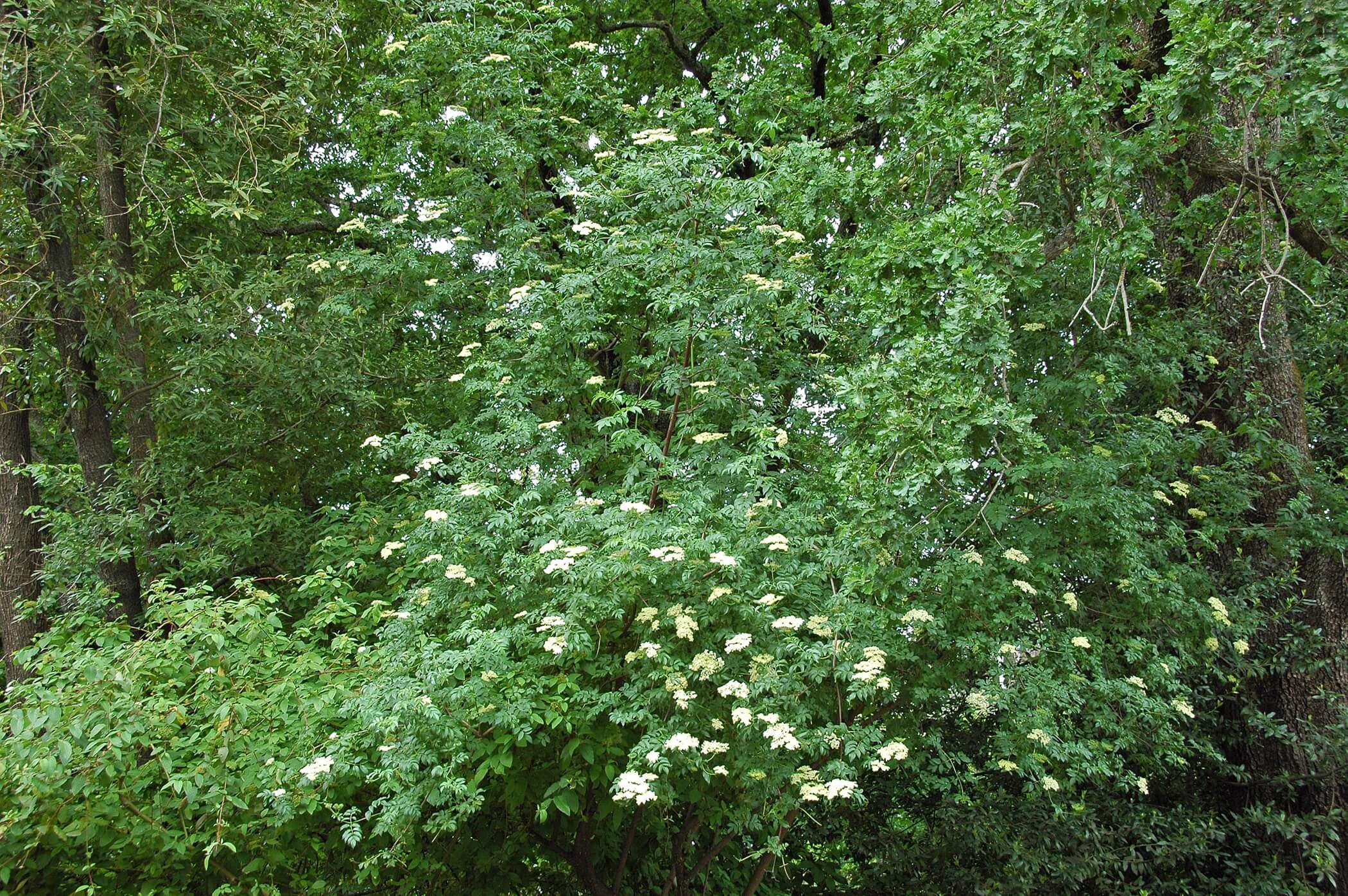
An Ode to Elderberries
Elderberries and Other Native Fruits of Summer California native plants provided a rich and varied diet for the native peoples; this is a flora of plentitude, and I really like to partake of it. I recently picked and cleaned the fruits of Lemonade Berry (Rhus...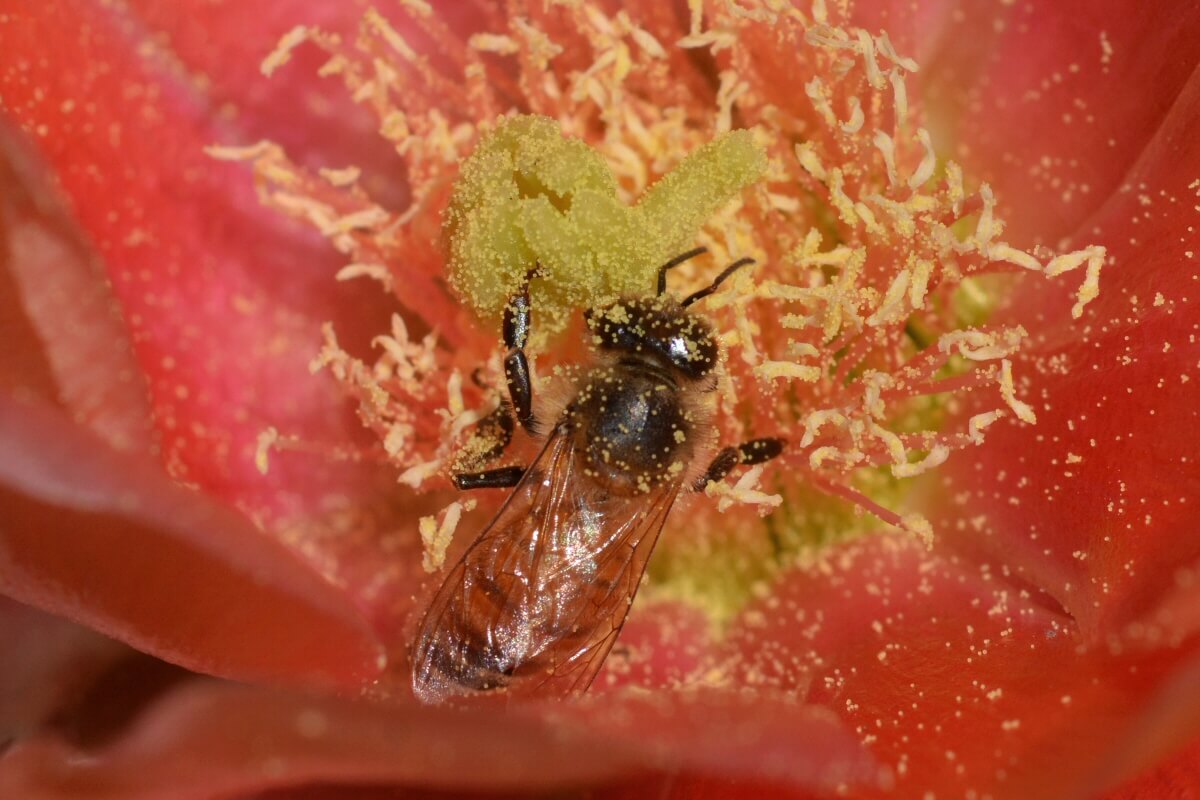
How Does a Seed Form?
The flowers of a plant are designed for the purpose of making seeds. If a flower is pollinated, then fertilization can take place, and a seed develops in the ovary of the plant. This is sexual reproduction, and ensures genetic diversity. As the fertilized seed...